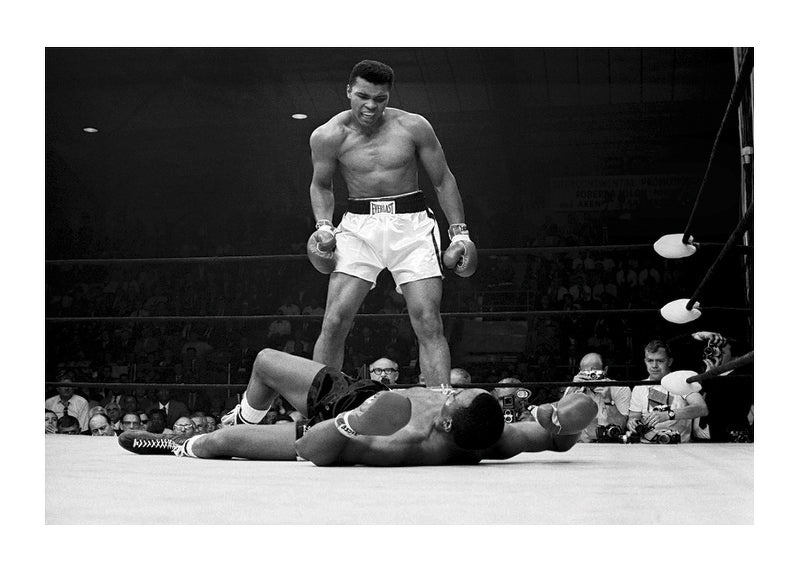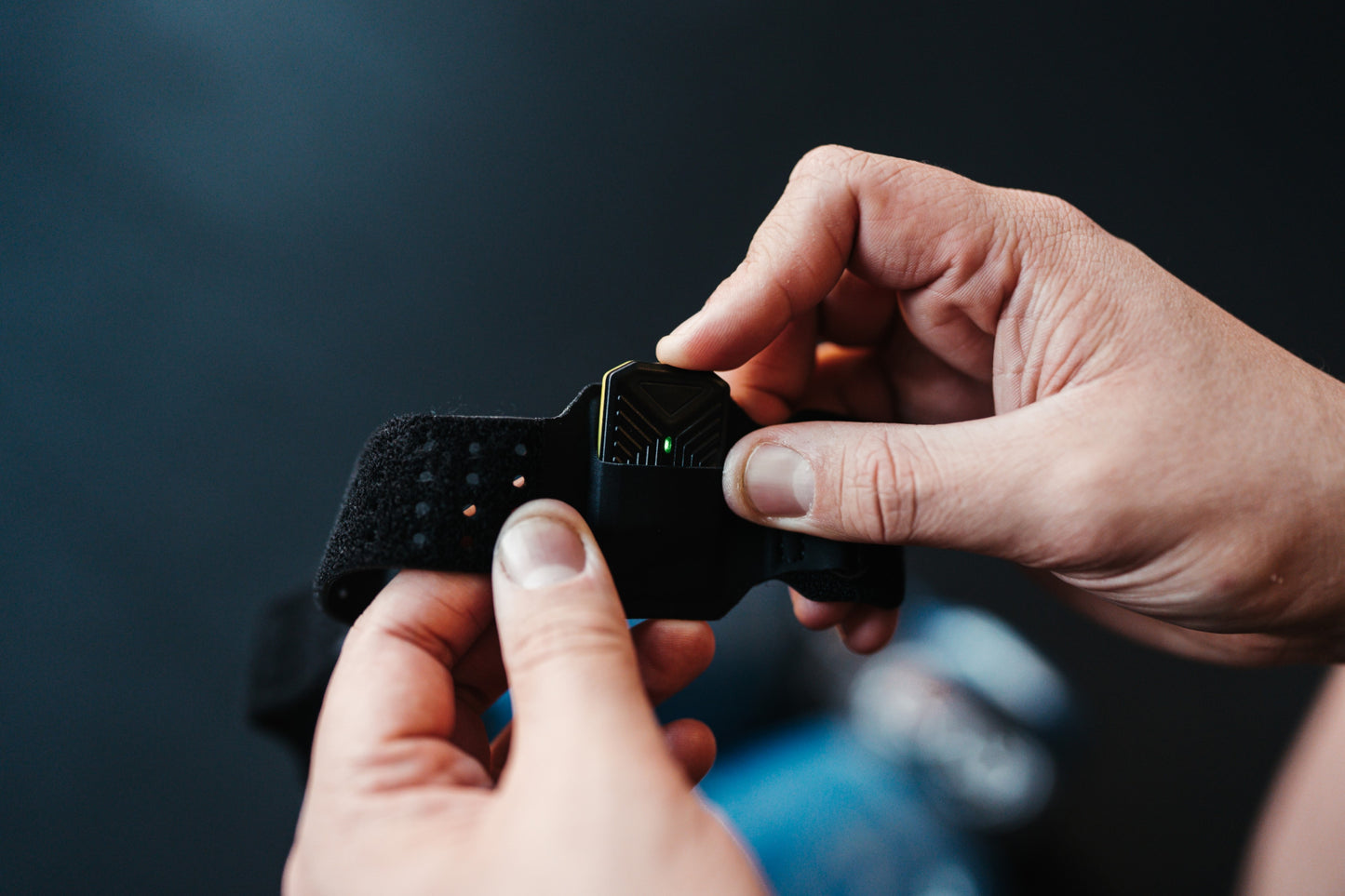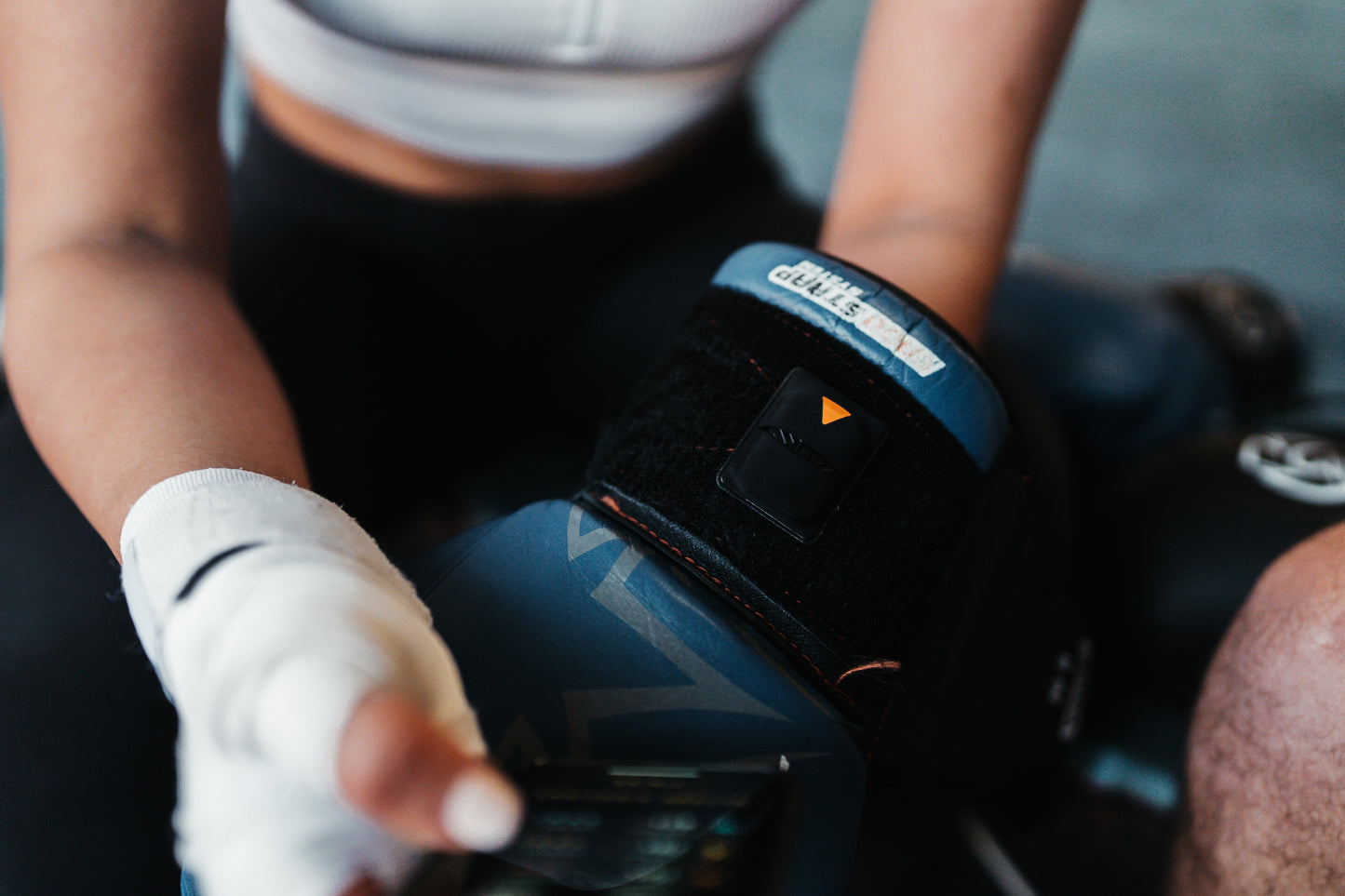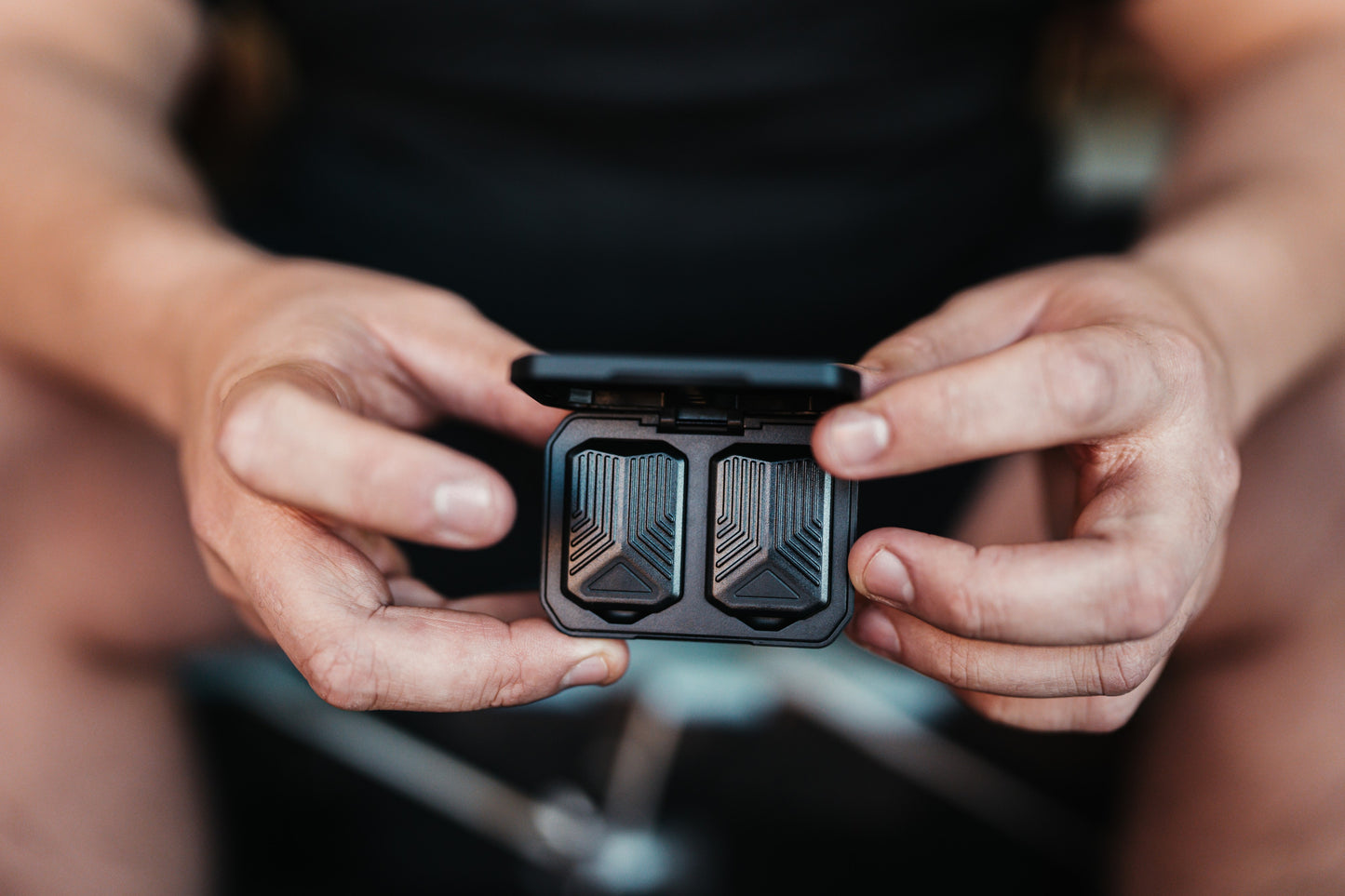Muhammad Ali, known by many as simply "The Greatest," left an indelible mark not only in boxing but the world at large. He was not only a three-time heavyweight boxing champion of the world, but also a cultural icon.
Beyond his quick footwork and charismatic personality, Ali's intense training regimen and dedication were the backbone of his legendary status in the boxing world. This article delves into the specifics of Muhammad Ali's training routine, offering insights into the making of a champion.
1. Mental Preparation and Visualization
Ali strongly believed in the power of mental preparation and visualization. He was known to visualize victory before his fights, a technique that prepared his mind and boosted his confidence. Ali used to mentally rehearse every fight he had in his mind many times before stepping into the ring. He would see himself at the end of a fight with his arms aloft with the referee declaring him the winner and the champion. He would imagine hearing the crowd chanting his name and celebrating his victory.
He paid attention to detail with his visualization and used to back this up with predictions pre-fight. He would tell his opponent when he was going to win the fight, predicting which round he would be declared the winner. He was extremely well prepared when he stepped into the ring both physically and mentally. In his mind he had already won the fight, he would direct all his focus and energy on making this a reality. He would give his subconscious mind an instruction to find ways to help him make his visions come true.
The following video illustrates just how beautiful, intricate and sharp Ali's mind was:
This psychological groundwork set the stage for the physical training to follow, highlighting the holistic approach Ali took towards his boxing career.
To enhance your visualization and boxing training, consider using POWA Punch Sensors, which helps boxing athletes monitor their progress and visualize their workouts effectively.
2. Cardio and Endurance Training
- Running: Ali's day would typically start with an early morning run. Covering five to six miles, these runs were integral to building the stamina required for 12-round fights.
- Shadow Boxing: Muhammad Ali's legendary shadow boxing routine was a cornerstone of his training, meticulously crafted to bolster his stamina and resilience. This rigorous practice translated into the unparalleled fluidity and finesse Ali exhibited in every bout, epitomizing his famous mantra to 'float like a butterfly, sting like a bee.' In 1961, Flip Schulke immortalized Ali's shadow boxing in a photograph that has since ascended to one of the most recognizable and inspirational images in all of sports.

3. Gym Workouts
- Sparring: Ali sparred for countless rounds, honing his technique, reflexes, and in-ring strategy. This real-time fighting practice was crucial for his defensive tactics and lightning-fast, precise punches.
- Heavy Bag and Speed Bag: To improve punching power and speed, Ali trained with heavy bags and speed bags. This not only honed his striking ability but also his timing and rhythm, essential components of his fighting style.

4. Strength Training and Calisthenics
- Sit-Ups and Push-Ups: Ali performed approximately 500 sit-ups a day along with numerous push-ups, sculpting his core strength and overall muscle endurance.
- Calisthenics: His regimen included calisthenics to enhance his muscular endurance and functional strength, crucial for his agility and power.
Below tribute video gives you a glimpse into what workouts looked like for the greatest to ever do it.
5. Nutrition
Ali followed a high-protein, high-carb diet, essential for energy and recovery. His meals, rich in fruits, vegetables, lean meats, and grains, provided the necessary nutrients to sustain his rigorous training schedule.
6. Recovery
Adequate rest was an essential aspect of Ali's routine. He understood the importance of letting his body recover after intense training sessions, ensuring he slept well and took time to relax and rejuvenate his body and mind.
Conclusion
Muhammad Ali's training regimen reveals a disciplined, strategic, and holistic approach to boxing. It wasn't just his physical prowess but also his mental fortitude that defined his career. Ali's dedication to his craft, combined with his charismatic persona, continues to inspire athletes across disciplines.
While adopting his exact routine may not be feasible for everyone, integrating aspects of his discipline, mental preparation, and holistic training approach can benefit anyone looking to improve their physical and mental fitness.
For all those daring and inspired to float like butterflies and sting like bees, below is a workout we encourage you to try with the POWA Boxing Sensors. Make sure to keep track of your scores and tag us on Instagram @powaboxing.
Ali Inspired Beginner's Boxing Training Plan
| Phase | Activity/Exercise | Details | Focus/Notes |
|---|---|---|---|
| Warm-Up | Jogging/Cycling | 15 minutes | Moderate pace |
| Boxing Drills | |||
| Shadow Boxing | 3 rounds x 3 minutes | Focus on form and footwork. 1-minute rest between rounds | |
| Heavy Bag | 3 rounds x 3 minutes | Basic punch combinations and movement. 1-minute rest | |
| Speed Bag | 3 rounds x 3 minutes | Rhythm, speed, hand-eye coordination. 1-minute rest | |
| Strength and Core Circuit | Repeat circuit 2-3 times | Rest 2 minutes between each circuit | |
| Push-ups | 3 sets x 10-15 reps | ||
| Sit-ups | 3 sets x 15-20 reps | ||
| Squats | 3 sets x 10-15 reps | ||
| Leg raises | 3 sets x 10-15 reps | ||
| Planks | 3 sets x 30 seconds to 1 minute | ||
| Sparring | (If available) | 3 rounds x 2 minutes | Focus on technique and timing. Supervised session |
| Cool Down | Stretching | 10 minutes | Focus on arms, legs, and core |
| Mental Training | Visualization/Meditation | 5 minutes | Focus on boxing techniques and success |
| Positive Affirmations | Repeat as needed | Related to boxing goals | |
| Nutrition Reminder | Post-workout Meal | Balanced meal | Include proteins, carbs, and vegetables |
| Hydration | At least 16 oz of water | ||
| Note | Adjustments | According to fitness level | Maintain proper form to prevent injuries |
| Consultation | With a boxing coach or trainer | For personalized guidance and technique correction |
















